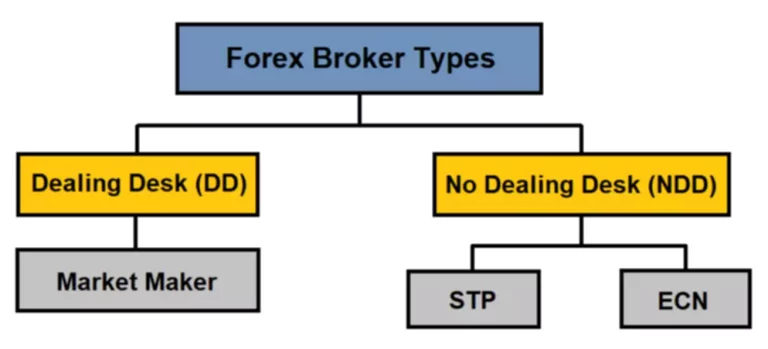With that majority, they might theoretically rewrite latest transaction history, enabling double-spending or blocking certain transactions altogether. Whereas extremely expensive and troublesome to execute on large, well-established blockchains like Bitcoin or Ethereum, such assaults are much more possible on smaller, much less decentralized networks. Several smaller cryptocurrencies have fallen sufferer to them, sometimes dropping millions in value overnight. At the heart of blockchain security lies the consensus mechanism — the method by which community members agree on the validity of transactions. In Proof of Work methods, such as Bitcoin, security relies on the concept that no single actor controls greater than half of the whole computational energy (hash rate) in the community.

How Does Security Work In Blockchain Technology?

For example, in Proof-of-Work methods, the hashrate represents the collective computational energy used to mine blocks and validate transactions. A low hashrate makes it simpler for a malicious actor to build up sufficient mining energy to exceed 50% of the total. A primary issue that increases the risk of a 51% attack is a low general hashrate or staking power within a blockchain community.

Blockchain Vs Bitcoin: What’s The Difference?
As A Outcome Of of this, it might be ill-informed and dangerous to embrace blockchain eHELOCs if you’re thinking that they’ll easily be transformed over to MERS eRegistry later. Public blockchains are fully open networks where anybody can take part without permission or restrictions. These decentralised systems allow any person to send transactions, run nodes and participate in consensus mechanisms. A blockchain transaction follows an orderly course of that is designed to ensure integrity and transparency. First, a person initiates a transaction by digitally signing it with their private key, creating a novel Cryptocurrency wallet digital signature that proves their ownership. The transaction is then broadcast to the community, where it sits in a pool of pending transactions waiting for validation.
These members work together to validate transactions, ensuring no single level of failure and preventing malicious actors from manipulating transactions. A 51% assault occurs when an entity features majority control of a network’s computing energy, allowing it to manipulate transaction validations and potentially reverse transactions. By examining network connections, useful resource consumption, and consensus participation patterns to establish indicators of potential eclipse attacks or attempts to compromise the node.
Sangfor Applied Sciences
- Similarly, the MERS® System manages an unlimited repository of knowledge information, processing tens of millions of transactions day by day with ease.
- Just as with the implementation of any enterprise system, a radical threat assessment and subsequent administration course of are required to make sure information safety and the security of business methods.
- By being immutable, every transaction that’s written to the blockchain is permanent and tamper-proof.
- The company’s blockchain-based app is totally decentralized, biometric-login-enabled and makes use of AI to detect fraudulent exercise.
- One of the commonest blockchain vulnerabilities on this category is weak key administration.
Let’s delve into this article to understand important insights and best practices to boost security within the blockchain landscape. Blockchain technology revolutionizes industries by providing decentralized, clear, and tamper-resistant systems. Nonetheless, alongside these advantages, you’ll additionally need to concentrate on blockchain security challenges. While the core know-how is extremely secure, vulnerabilities can exist in implementation, smart contracts, and surrounding infrastructure. A strong consensus mechanism and high global mining/validation participation tend to mitigate the 51% attack risk. Networks can implement mechanisms – checkpointing, longer affirmation instances, and penalties for malicious activity.
If action isn’t taken, decentralised security could also be jeopardised, ruining the way forward for Web3, DeFi, and blockchain apps. Blockchains must gear up to shield themselves from quantum computing-based assaults. Phishing assaults in blockchain usually goal the trust customers place in digital platforms. As An Alternative of exploiting technical flaws, attackers exploit human behavior—posing as well-liked wallet providers, token tasks, or assist teams. These threats spotlight the need for ongoing innovation in blockchain security to remain ahead of more and more superior cyber risks.
Panasonic Backs Patent Non-aggression With Entry Into Open Invention Community
For id and Sybil resistance, hybrid options that combine resource-based necessities with decentralized id frameworks are emerging as promising instructions. Consensus safety may be strengthened by selling decentralization, encouraging broad participation in validation, and designing mechanisms that make attacks blockchain trends economically irrational. Network monitoring and fast response protocols can detect and isolate suspicious activity before it escalates. Blockchain safety, therefore, cannot be separated from questions of governance and regulation. Sturdy, transparent governance and well-defined authorized frameworks are as important to security as sturdy cryptography. Trying forward, environmental sustainability is driving innovation towards energy-efficient consensus mechanisms, with Proof of Stake gaining widespread adoption.
This opens the door to Sybil assaults, in which a single adversary creates multiple fake identities (nodes) to realize disproportionate influence over the network. If left unchecked, a Sybil assault can distort consensus, disrupt communication between trustworthy nodes, and even pave the greatest way for a full-scale consensus attack. One of essentially the most harmful myths about blockchain is the idea that it is inherently secure. The Bitcoin community, for instance, has never been hacked on the protocol level since its inception. Central financial institution digital currencies (CBDCs) are also coming down the observe, representing government adoption of blockchain, although with new upsides and risks.
Private blockchains operate as closed networks managed by particular organisations or groups. Access requires specific permission from a network authority, with the controlling entity determining who can take part, view transactions or validate blocks. The path to Bitcoin quantum security is not https://www.xcritical.com/ achieved in a single improve but via a series of deliberate, well-coordinated steps. Starknet is taking a proactive strategy, combining technical enhancements, person training, and cross-industry collaboration to ensure that its ecosystem remains secure as quantum computing continues to evolve. Beneath are the key focus areas guiding Starknet’s progress toward a quantum-resilient future.
